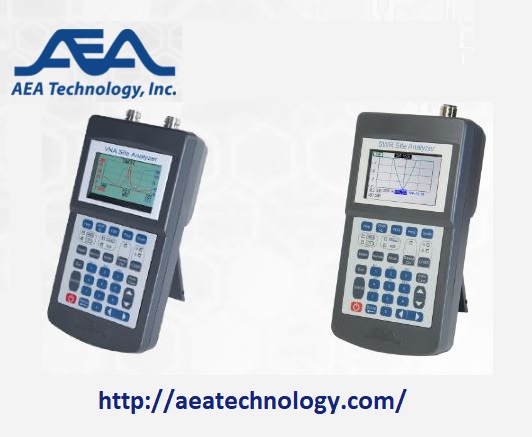What You Must Know About Antenna Testing?
During the design and construction of an antenna, it is frequently necessary to inspect the antenna, not just to determine the gain and also to establish the antenna pattern, which indicates how, where, and under what direction the power is exuded or received.
Simply attach the antenna to a component of test equipment in, say, an office is not really a reliable means of getting this knowledge. This is attributed to misleading reflections from the (many) metal surfaces in the test setup's vicinity, as well as, to a somewhat extent, the radiation of various electronic components. You need to find quality antenna testing equipment for efficiently testing your antenna.
Antenna measurements must be precise when matching an antenna to a specific application. Antenna engineers must decide how an antenna can work in order to identify whether it would be appropriate for a particular application. This entails taking antenna pattern measurements (APM) and hardware in loop (HiL) measurements, which have piqued the defense community's attention in recent years.
Gain criteria are being used to calculate the loss caused by the signal's path through the air, as well as many other variables, including cable losses, when measuring an antenna. This signal norm consists of a simple antenna (such as a dipole) with well-established effects. It is necessary to calibrate out almost all of the equipment to obtain the loss for the antenna to be measured by recording the value of signal obtained by the gain standard first from the test setup transmitter with the previously calculated data for the gain standard antenna.
PCB Layout
When you design your original trace copper antennas or PCB mount element antennas, board-level antenna checking can make you understand the immediate effects of parts positioning, enclosures, ground planes, batteries, PCBs, and cables. Be cautious when purchasing your antenna. Part antennas are often defined as overly positive and optimistic by their suppliers in order to compete on gain statistics.
They neglect the sacrifices that designers must create in the real world during implementation through the layout. If you make/duplicate your own PCB antenna or purchase a component, the risks of not testing apply – which can result in poor wireless device results and bad product credibility.
In case you are looking for NMR coil testers, you can easily look for them online from trusted suppliers.




Comments
Post a Comment